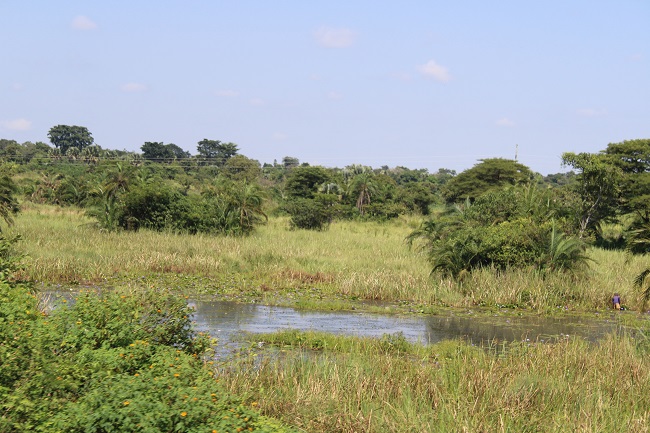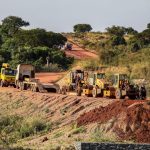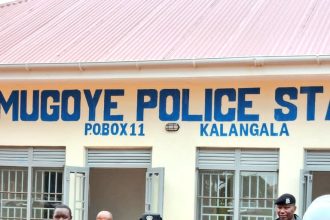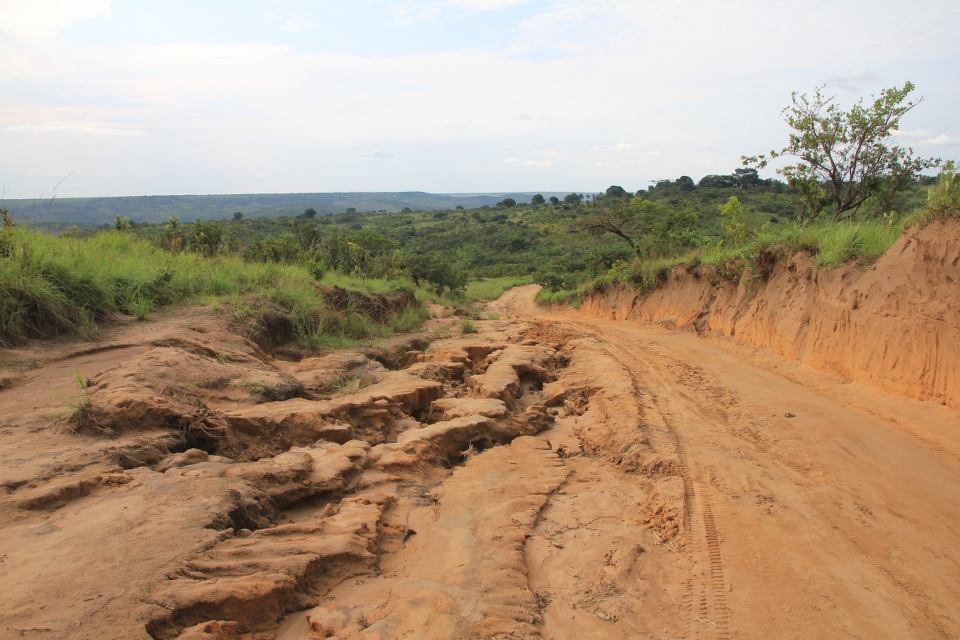In Ayer Sub-county of Kole District, tensions flared on Monday, March 11, 2024, as the government, represented by the Ministry of Water and Environment, commenced the demarcation of wetland boundaries. The aim behind this initiative was the restoration of degraded wetlands within the region.
Local Opposition and Threats of Witchcraft
The demarcation exercise faced vehement opposition from local residents, who claimed that the delineated boundaries encroached upon their customary land, particularly affected by the expansion of Atwol wetland. Expressing their discontent, some locals went as far as threatening to bewitch anyone participating in the demarcation process. Edward Ojok, a resident, voiced the concerns of many, highlighting the potential adverse effects on those residing near the wetland.
Government Response to Local Concerns
Despite the outcry, Josephine Omara Olili, the Resident District Commissioner, reassured the gathered residents that the demarcation would proceed as planned. She dismissed the threats of witchcraft, emphasizing the necessity of the exercise for the benefit of the community. Moreover, Ms. Olili, who leads the Kole District Security Committee, warned of severe consequences for any attempts to disrupt the program.
Amidst Encroachment and Degradation
The demarcation initiative unfolded against a backdrop of ongoing encroachment and degradation of wetland areas, attributed to population pressure and human activities. A case study provided insight into the situation, citing the construction of Leye Dam in Ayer Sub-county between 2006 and 2007. Initially stocked with fish for the community’s benefit, the dam now faces challenges such as siltation due to uncontrolled activities in its vicinity.
Rationale Behind Demarcation
Takuwa Nuubu, a regional wetlands coordinator, elucidated the rationale behind the demarcation, citing the need for controlled activities around Leye Dam. Nuubu emphasized that pesticides used in cultivation activities within Atwol wetland pose a threat to the dam’s ecosystem. Demarcating the wetland boundaries would enable regulated activities, leading to sustainable livelihoods and better flood control measures.
Government’s National Agenda
Barnabas Nambwila, the Kole deputy Chief Administrative Officer, clarified the government’s broader objective of demarcating wetlands nationwide. He emphasized the importance of delineating boundaries to prevent conflicts in the future, drawing parallels with Mount Elgon National Park’s unclear boundaries, which have resulted in fatal disputes.
Local Authorities’ Stance
Moses Angor Ongom, Kole LC5 vice chairman, echoed the sentiment that encroachment on demarcated wetlands would not be tolerated. He emphasized the seriousness of the issue, warning encroachers of dire consequences.
National Efforts and Targets
The demarcation initiative aligns with the government’s larger agenda, as articulated by Minister for General Duties, Justine Kasule Lumumba, during the World Wetlands Day celebrations. The government aims to demarcate 5,000 km of wetland boundaries by 2025, with over 2,000 km already demarcated. President Museveni reiterated the importance of protecting wetlands in a written message, urging all stakeholders to safeguard these vital ecosystems.
A Call for Cooperation
While specific timelines for demarcation efforts remain unspecified, the government plans to precede with sensitization campaigns in affected communities. The overarching goal is to foster cooperation among all stakeholders, ensuring the conservation and sustainable management of wetlands across the nation.




















